Tasty Travels: Eat Smart in Portugal
Submitted by Dr. Jessie Voigts on Sat, 09/16/2017 - 03:08
We love our friends at Ginkgo Press. They enrich our travels and our meals with lovely guides about eating, travel, language, and culture. We’ve shared author interviews for the backstory to Eat Smart Guides to Germany, France, Denmark, and Sicily - four of their many tasty guides.
The newest Eat Smart Guide, this time to Portugal, was written by Ginkgo Press founder and author Joan Peterson and Eat Smart France guidebook author Ronnie Hess.

Here’s what I love about this book – it’s (as always), an intriguing read, an introduction to the history and culture of Portugal, a language guide, a cookbook (incredible recipes!), and an enticement to travel to Portugal and experience the deliciousness for myself. I opened the cover and emerged a while later, ready to travel, ready to cook, ready to eat, my brain brimming with history and cultural facts, my eyes happy, the foodie in me already hungry.
The book includes chapters on:
• The cuisine of Portugal
• Regional Portuguese food
• Tastes of Portugal (recipes!!)
• Shopping in Portuguese markets
• Resources
• Helpful phrases
• Menu guide
• Foods and flavors guide
• Food establishments (always welcome)
The authors have years of experience in Portugal - exploring, dining, and cooking. I love the insights, the cultural and historical background, and the smart way to learn about, cook, and eat Portuguese food. Highly recommended!

We’re so lucky to have been able to chat with both authors - Joan (who answered questions 1, 2, and 6), and Ronnie (who answered questions 3, 4, 5, and 7). Here’s what they had to say…
Please tell us about your book, Eat Smart in Portugal...
Like other guides in Ginkgo Press's award-winning EAT SMART series, the latest guide--Eat Smart in Portugal--intertwines history, geography and diet. The guide contains a rich, historical perspective on the origins and varieties of food, and extensive background on
regional dishes. At the core of the guide are two extensive bilingual dictionaries:
• the Menu Guide: demystifies
food selection, allowing visitors to order with confidence in restaurants.
• the Foods & Flavors Guide: provides a comprehensive list of foods, spices, cooking utensils, cooking styles, and more, to make shopping in the colorful outdoor markets easy and fun.
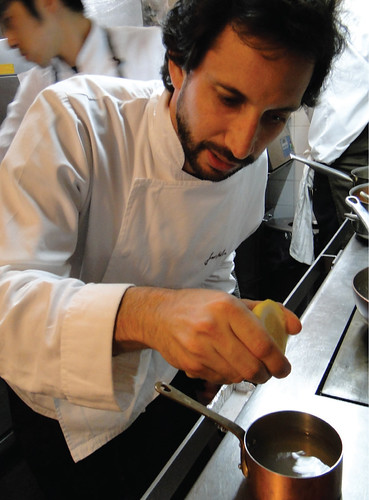
A delicious bonus is a chapter of authentic recipes from food professionals in restaurants and cooking schools, as well as from home cooks, which is to be savored as a preview or reminiscence of one's travel to Portugal. Also included are chapters of useful phrases, and travel and shopping tips.

What inspired you to write this book?
It was on Joan's first visit to Portugal in 1992 that she was inspired to create what would become the EAT SMART series of international culinary guidebooks—all because she and her husband encountered by chance the delectable custard tarts known as pastéis de Belém in a bakery a few blocks from their hotel in Belém, a district in western Lisbon. She was so smitten that she even brought home the sales receipt and still has it today. At the bakery, she reasoned that there must be many travelers in Lisbon who, like them, didn't know these extraordinary culinary treats existed and who, unlike them, would return home without tasting one. It was then and there that she conceived this guidebook series to help travelers know more about the foods at an unfamiliar destination. And how better to know a culture than through its food!
In 1993 Joan formed her publishing company, Ginkgo Press. The publication of Eat Smart in Portugal marks the 14th EAT SMART guidebook published to date, 11 of which she has written, either as sole author or in collaboration with another.

What is the quintessential Portuguese meal? What history and traditions does this meal represent?
In some people’s minds the quintessential Portuguese meal is caldo verde (greens soup) followed by a cod dish – perhaps bacalhau à Gomes de Sá, with potatoes and hard-boiled eggs. Or we could say it’s one of the “Seven Wonders of Portuguese Gastronomy.” The popularly chosen dishes are: caldo verde, alheira de Mirandela (a special sausage), Serra da Estrela cheese, seafood rice, grilled sardines, roast suckling pig, and custard tarts. But there’s so much variety as well as tradition in Portugal’s cooking that it would be hard to point to just a few things. Ronnie’s favorites are bolinhos de bacalhau (codfish balls), caldeiradas (fish stews), polvo guisado (octopus stew), or açorda à Alentejana (a bread soup of cilantro, garlic, egg, and sometimes cod, from the Alentejo region). For dessert, arroz doce (rice pudding). Abóbora (pumpkin jam) goes well on almost anything. We can’t emphasize enough the importance of sitting down to eat, as a family, or with friends. Food is something that is shared and celebrated.
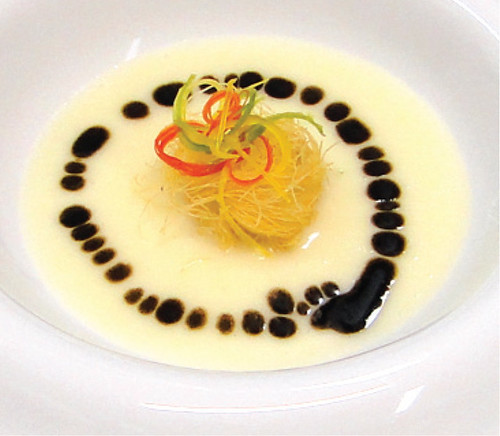
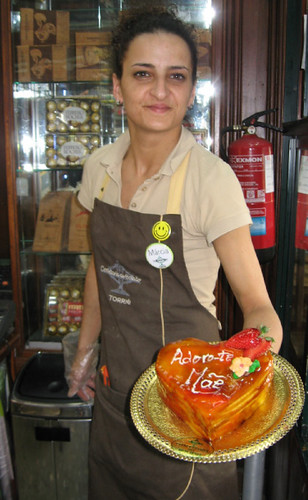
We're all about the research - what were the joys and challenges of writing this book?
We both enjoyed writing the first two chapters, on history and regional foods. We spent a lot of time reading dozens of books not only in English but French and Portuguese. We scoured old documents, government records, academic papers, as well as more contemporary works, and of course menus. Ronnie took classes in Portuguese literature and history, which were very helpful. As for the recipes, it’s not the ingredients that are the challenge – even what seem like exotic foods are now available locally in specialty shops or on line. It’s method, of course, and translating what we’ve seen in a Portuguese kitchen, prepared by a chef with years of experience. We want to make sure that a dish always comes out right.
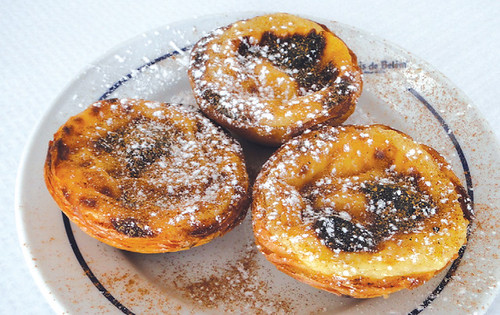
What might people be surprised to learn about Portuguese cuisine?
We’d both like to emphasize that Portuguese cooking is not Spanish or Mediterranean cooking, although there are common denominators, such as tomatoes, onions, olives, and seafood. Portuguese cuisine has been called more nuanced and florid than Spain’s, with a common use of spices, such as cinnamon and cumin, and fruits and vegetables. It is also more buttery, richer, and creamier, with a plethora of creamy-rich desserts, often called “convent sweets,” because they were associated with Portugal’s religious establishments.
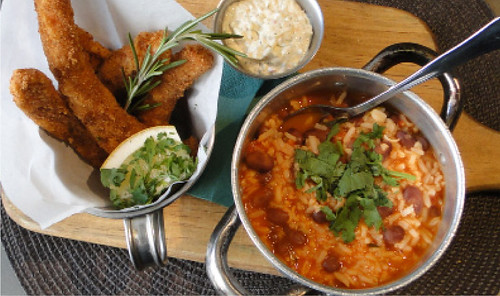
What's up next for you?
Joan hasn't decided which country will be the focus of the next EAT SMART guide. Perhaps your readers will have some suggestions! It is important to know, however, that in order to be a possible choice, the country must use the Roman alphabet.
Anything else you’d like to share?
Yes, two things. First, we’d like to thank all those who were so kind to us as we researched the book, who opened their homes and kitchens to us. We were given great support and encouragement by many people we met along the way. We’d also like to let our readers know that the Eat Smart group leads tours of the countries about which we’ve written. The trips are expertly done. Come along with us.
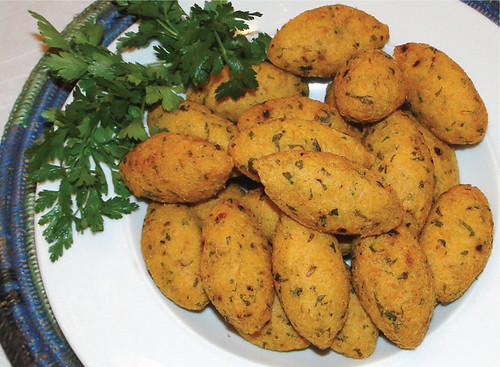
Learn more: http://www.eatsmartguides.com/
All photos courtesy and copyright Ginkgo Press
-

- Log in to post comments





















